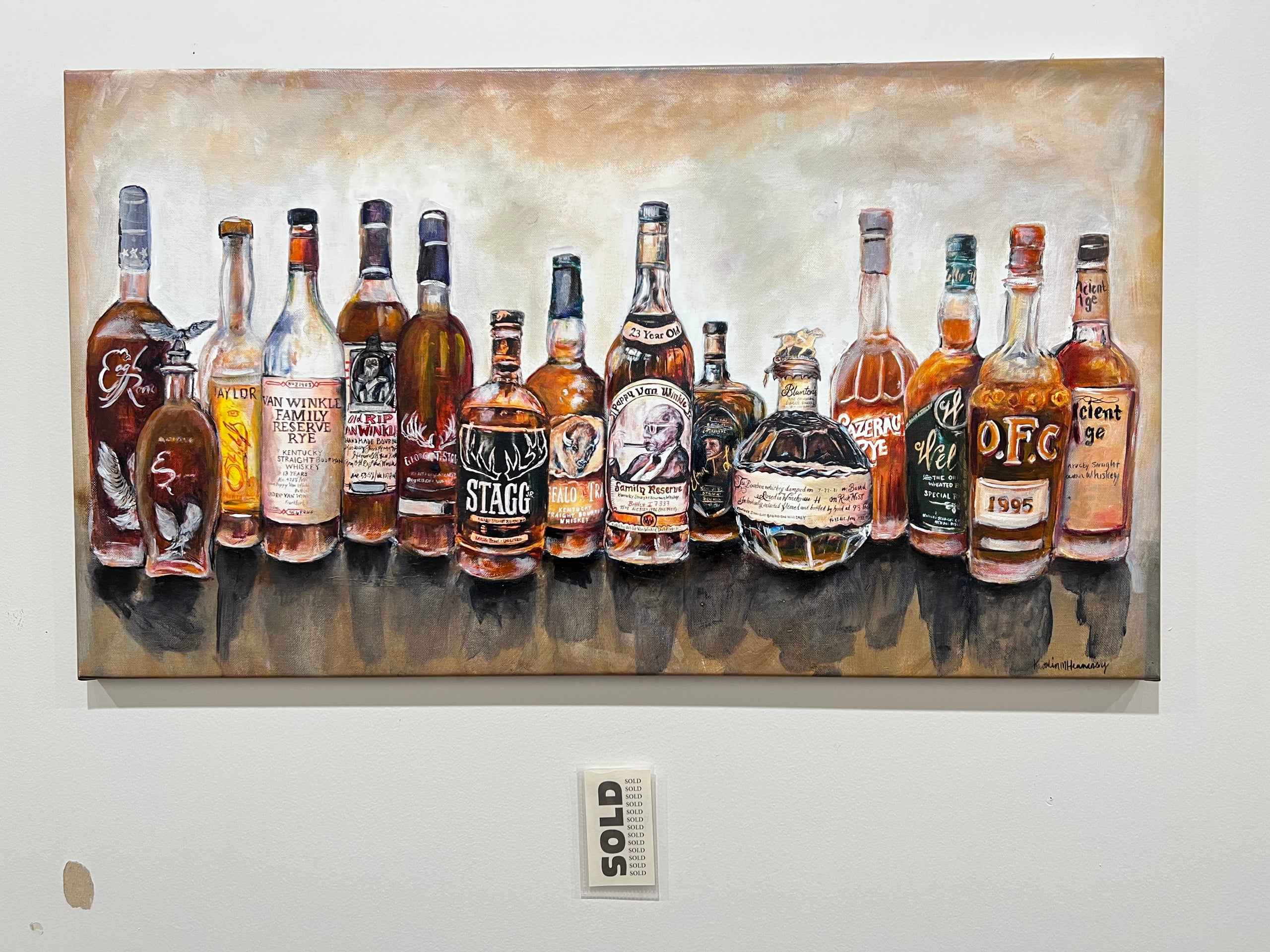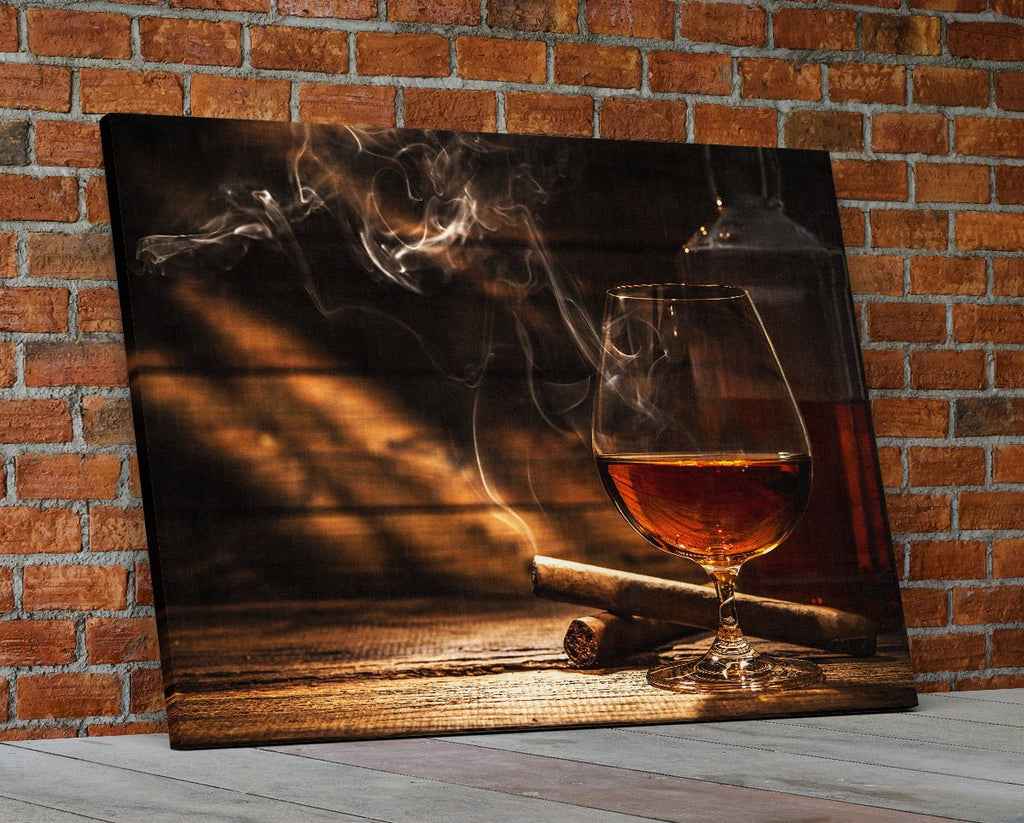Discover the World of Bourbon Art: A Trip With Culture and Workmanship
Discover the World of Bourbon Art: A Trip With Culture and Workmanship
Blog Article
The Relevance of Whiskey Art in Celebrating Heritage and Workmanship in the Beverage Sector
The detailed relationship between whiskey art and the event of heritage and craftsmanship within the beverage market can not be overstated. With thoughtfully made bottles and labels, scotch brands encapsulate their historic roots and the artisanal skills that define their manufacturing approaches. This imaginative dimension not only boosts market appeal yet also acts as a conduit for cultural narration, cultivating a much deeper connection in between the craft and the customer. As we discover the different aspects of this topic, interesting questions regarding the effect of modern-day fads on traditional methods occur, triggering further evaluation.
The Historical Origins of Whiskey
At the heart of scotch's appeal lies a rich tapestry of historical origins that trace back to ancient civilizations. The origins of whiskey can be connected to the purification methods of the Sumerians and Babylonians around 2000 BCE, where very early types of fermented grain drinks started to emerge. It was in the Middle Ages that the art of distillation advanced significantly, particularly in Ireland and Scotland, leading to the development of whiskey as we understand it today.
The term "whiskey" itself stems from the Gaelic word "uisce beatha," suggesting "water of life." This expression highlights the cultural significance of scotch in Celtic societies, where it was often linked with rituals, celebrations, and communal bonding. By the 15th century, purification came to be an acknowledged craft within monastic neighborhoods, paving the way for the establishment of legal distilleries.
As profession courses expanded, whiskey's popularity grew, transcending regional limits and capturing the interest of connoisseurs worldwide. Limited Edition. This historical journey shows not only the craftsmanship behind whiskey manufacturing however likewise its integral role in social and cultural contexts, marking it as a substantial beverage throughout background
Artistic Expression in Branding
Bourbon branding stands as a compelling intersection of creativity and commerce, where aesthetic identity plays an important function fit customer perception. The aesthetic appeals of whiskey labels, product packaging, and advertising and marketing materials show not just the brand name's story however likewise its core values and heritage. Via imaginative expression, distilleries share a narrative that reverberates with consumers, stimulating feelings and triggering connections.
Making use of color, typography, and images in branding offers to differentiate items in a saturated market. Traditional themes might evoke a feeling of credibility and craftsmanship, while modern styles can symbolize development and forward-thinking. This strategic creative direction boosts brand acknowledgment and loyalty, allowing consumers to forge an individual connection with the whiskey they choose.
Moreover, artistic expression in branding typically works as a celebration of regional heritage. Distilleries often integrate regional symbols or historical recommendations into their styles, creating a sense of location that invites customers to take part in a wider social experience. Ultimately, the creativity behind bourbon branding not just boosts aesthetic charm but likewise improves the total story of the brand name, cultivating a deeper recognition for the craftsmanship and heritage embedded in each container.
Workmanship in Bottle Style
The virtuosity apparent in scotch branding expands past aesthetic identification to include the craftsmanship associated with bottle design. Each special info container functions as a vessel not simply for the spirit within, however likewise for the tale it tells regarding its quality, origin, and custom. The style procedure calls for careful focus to information, as components such as product, shape, and closure add substantially to the general assumption of the scotch.
Workmanship in container layout includes picking premium glass that can enhance the scotch's shade and clearness, while also offering a tactile experience for the consumer. The shape of the bottle should be both aesthetically enticing and functional, often mirroring the heritage of the brand name. Lots of distilleries go with special forms or embossed logo designs that evoke a sense of credibility and background.
In addition, the tag layout and typography play a crucial duty in communicating the brand name's narrative. Bourbon Art. A well-crafted bottle not just captivates the consumer's eye but likewise enhances the brand's commitment to top quality and tradition. By doing this, the workmanship of bottle layout becomes a vital element of the bourbon experience, merging creativity with an extensive respect for heritage
Social Value of Scotch Art
Celebrating tradition and workmanship, the social significance of scotch art goes beyond mere aesthetics, intertwining with the social and historic narratives of the areas where it comes from. Each bottle works as a click this link canvas, illustrating the unique stories, folklore, and traditions that have actually formed regional whiskey-making techniques. The elaborate layouts typically show the heritage of the distillers, including symbols and themes that resonate with the society and values of their communities.
In addition, bourbon art plays an important function in public events and parties, working as a tangible link between individuals and their shared experiences. By appreciating the creativity in whiskey packaging, customers grow a deeper understanding and respect for the craft, ultimately improving their satisfaction of the beverage itself.
Modern Trends in Whiskey Presentation
In recent times, the discussion of bourbon has actually developed to reflect contemporary preferences and trends while still recognizing traditional craftsmanship - Limited Edition. Distilleries are progressively concentrating on aesthetic aspects that enhance the total drinking experience, linking the space in between heritage and modernity
Cutting-edge bottle layouts have arised, often including sustainable products and creative tags that tell engaging stories. Several brand names now team up with neighborhood musicians, instilling their items with special visual expressions that resonate with customers. Additionally, limited-edition launches are often packaged in collectible containers, adding value and appeal for connoisseurs.

Final Thought
In final thought, whiskey art works as an important avenue for expressing advice the heritage and craftsmanship fundamental in the beverage sector. Via intricate branding, cutting-edge bottle designs, and culturally considerable artistic components, scotch brand names properly recognize their customs and get in touch with customers. This creative story not just elevates the admiration of bourbon but additionally enhances area identity and satisfaction amongst manufacturers. Ultimately, scotch art plays a crucial role in preserving and commemorating the abundant social tapestry of whiskey-making.


Craftsmanship in bottle layout involves selecting high-grade glass that can improve the whiskey's shade and clarity, while also giving a responsive experience for the customer. In this way, the workmanship of bottle style comes to be a crucial facet of the whiskey experience, merging virtuosity with an extensive respect for heritage.
In verdict, bourbon art serves as an important conduit for expressing the heritage and workmanship intrinsic in the beverage market.
Report this page